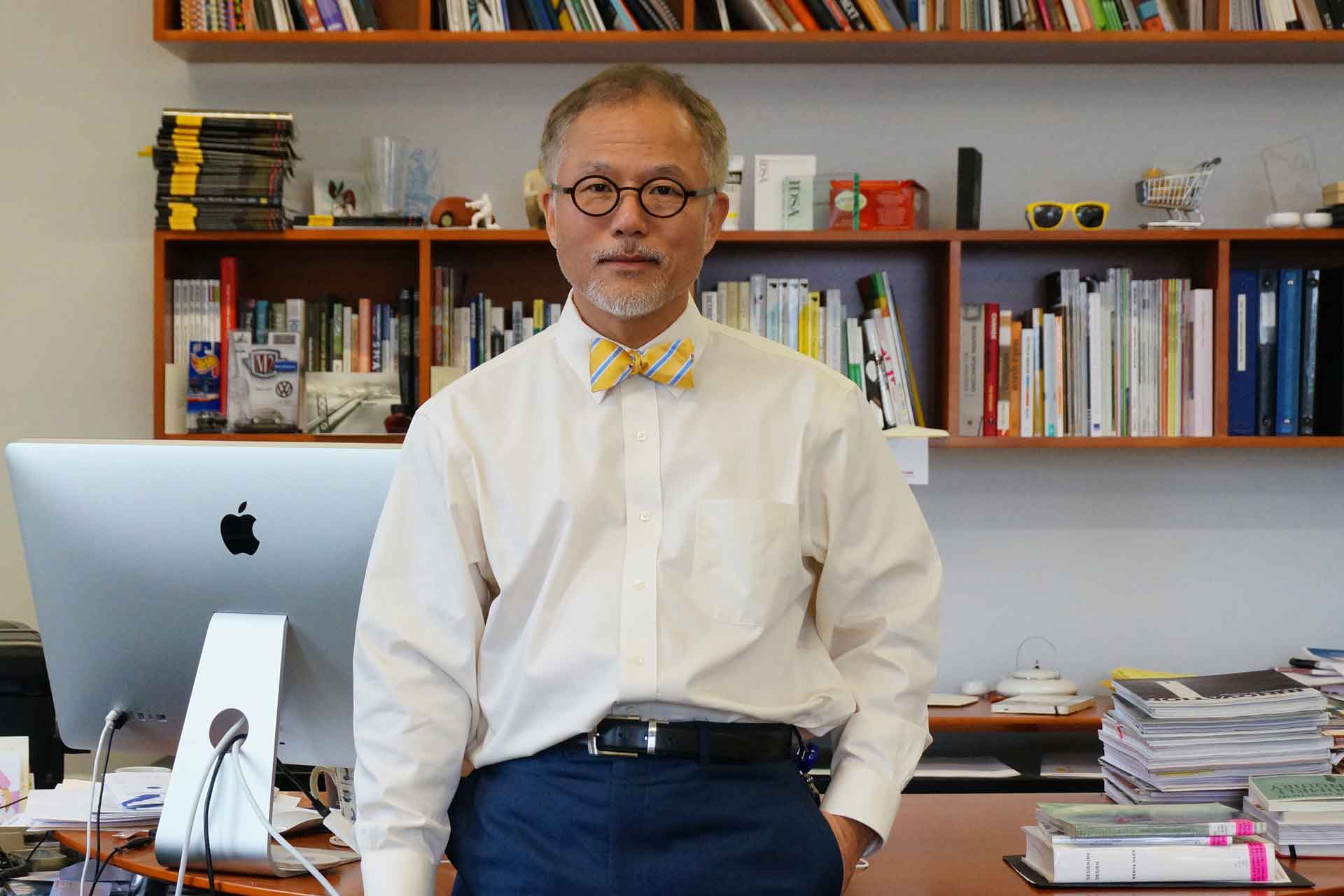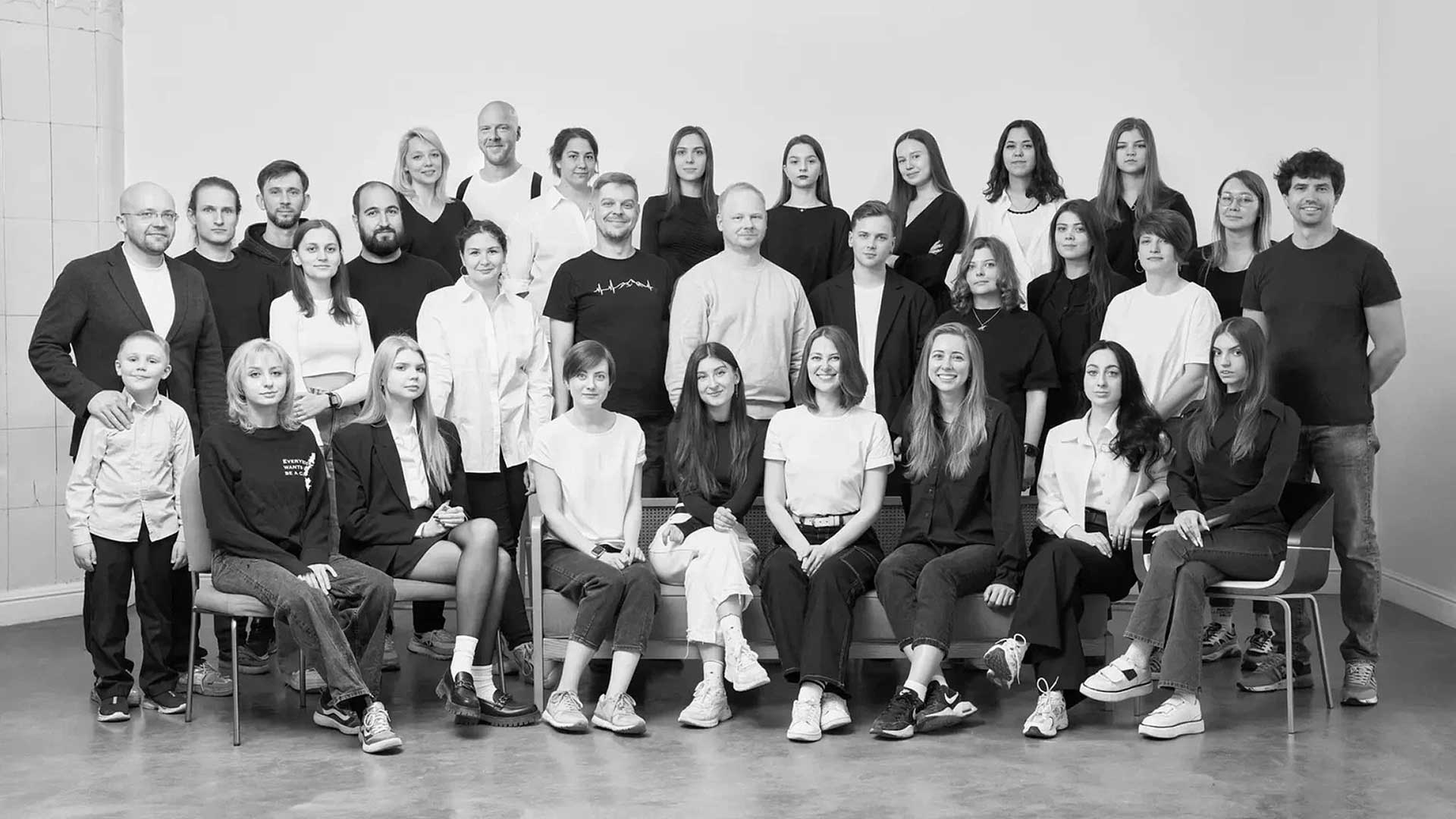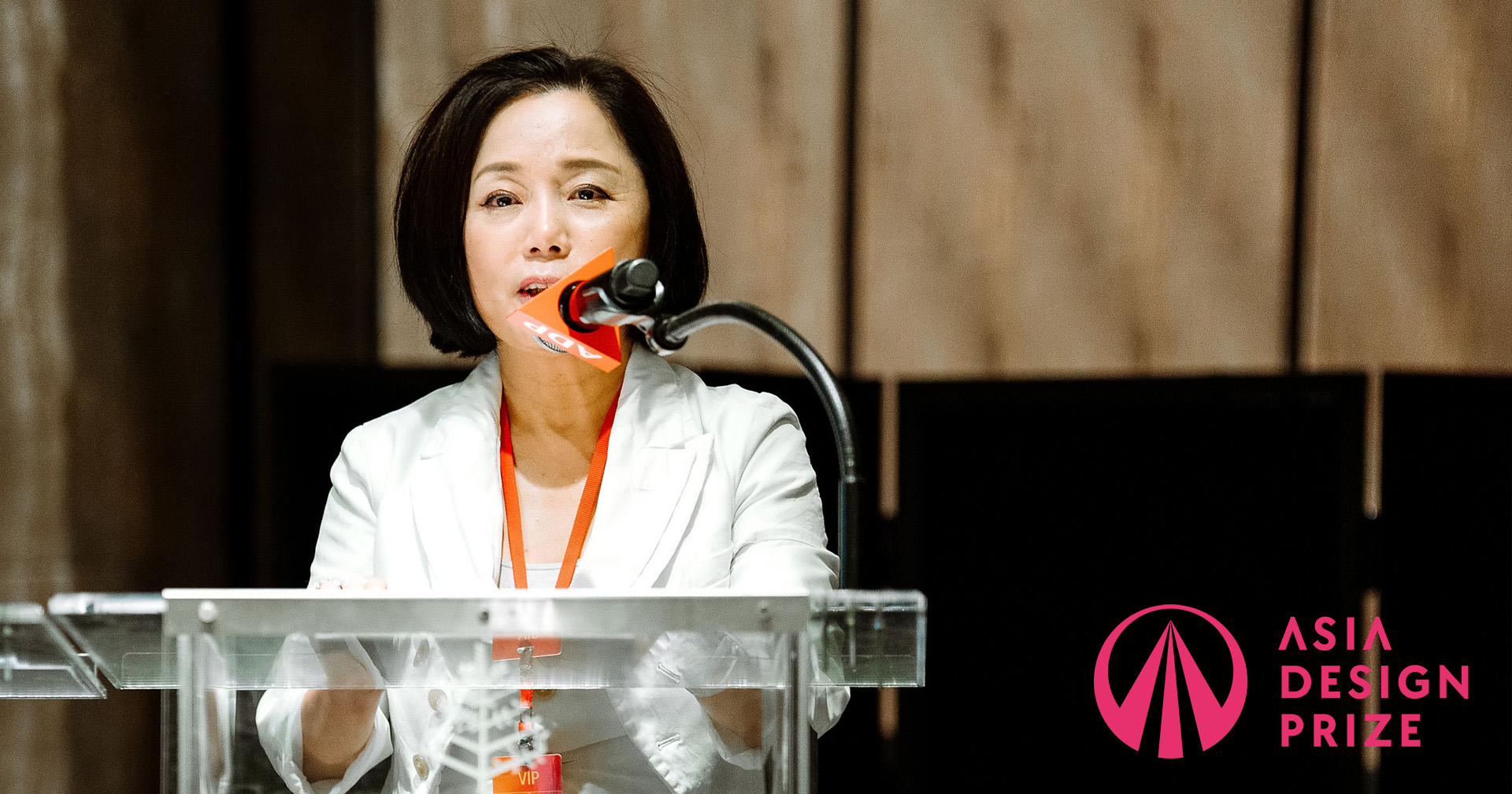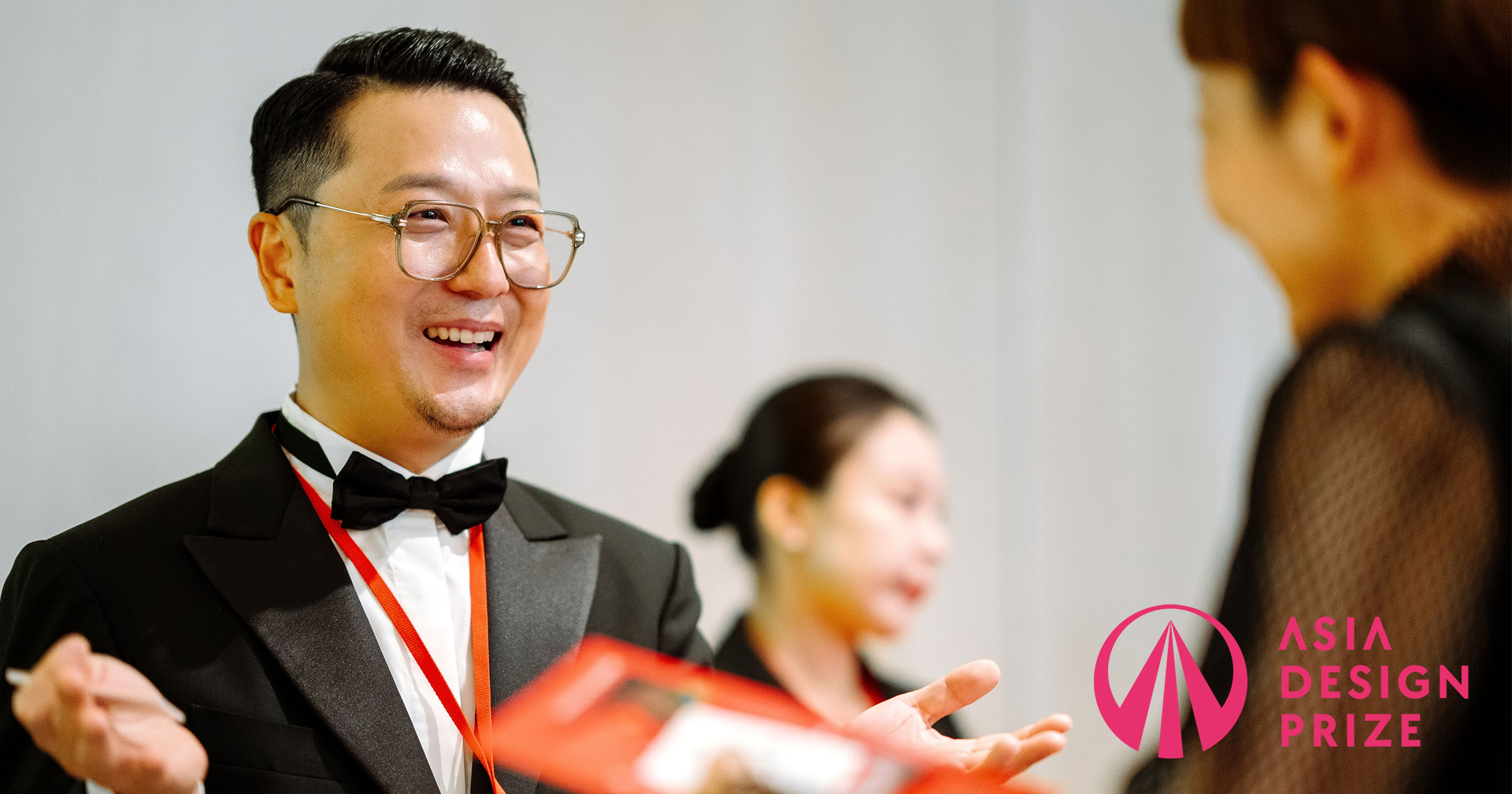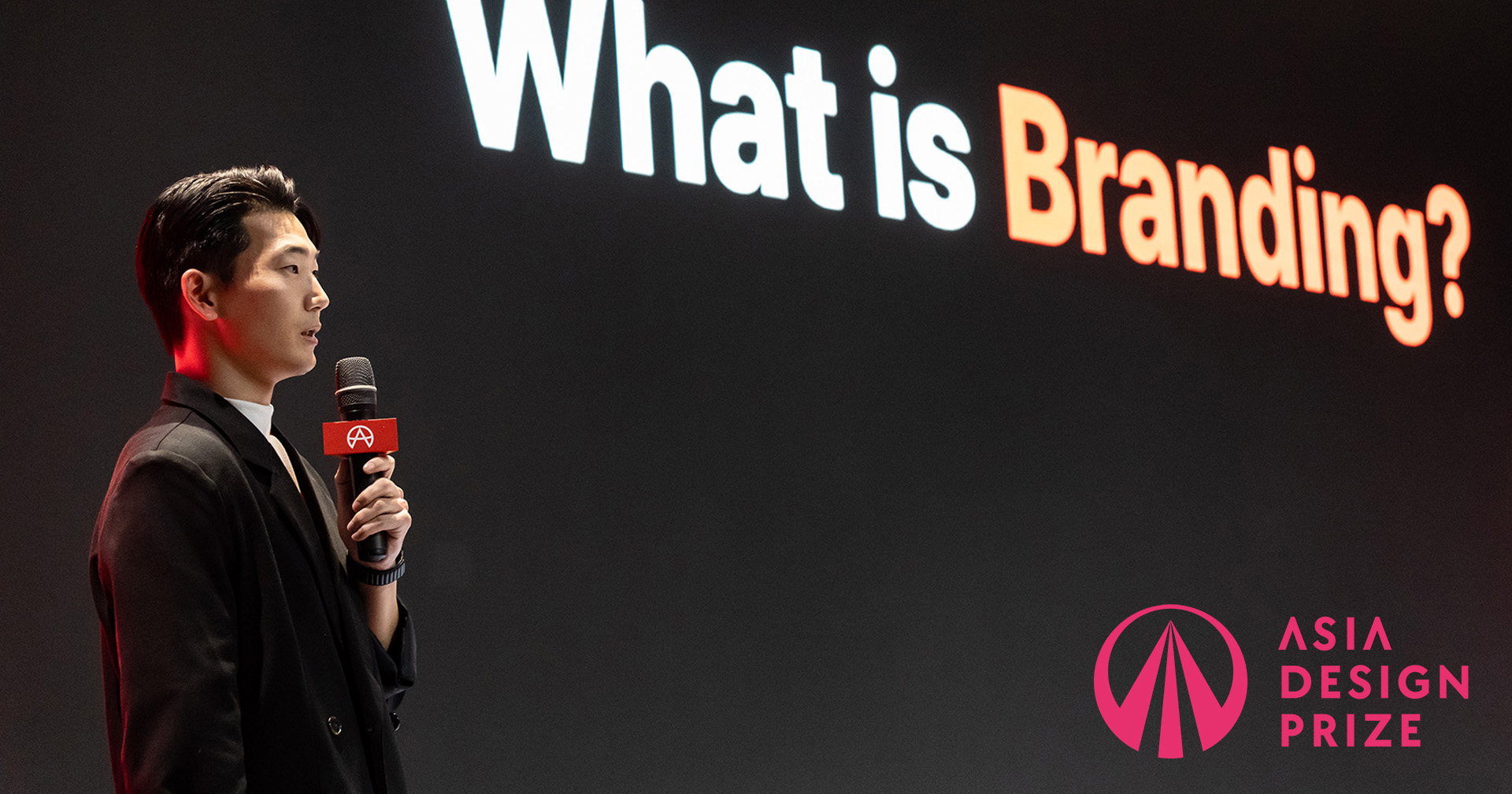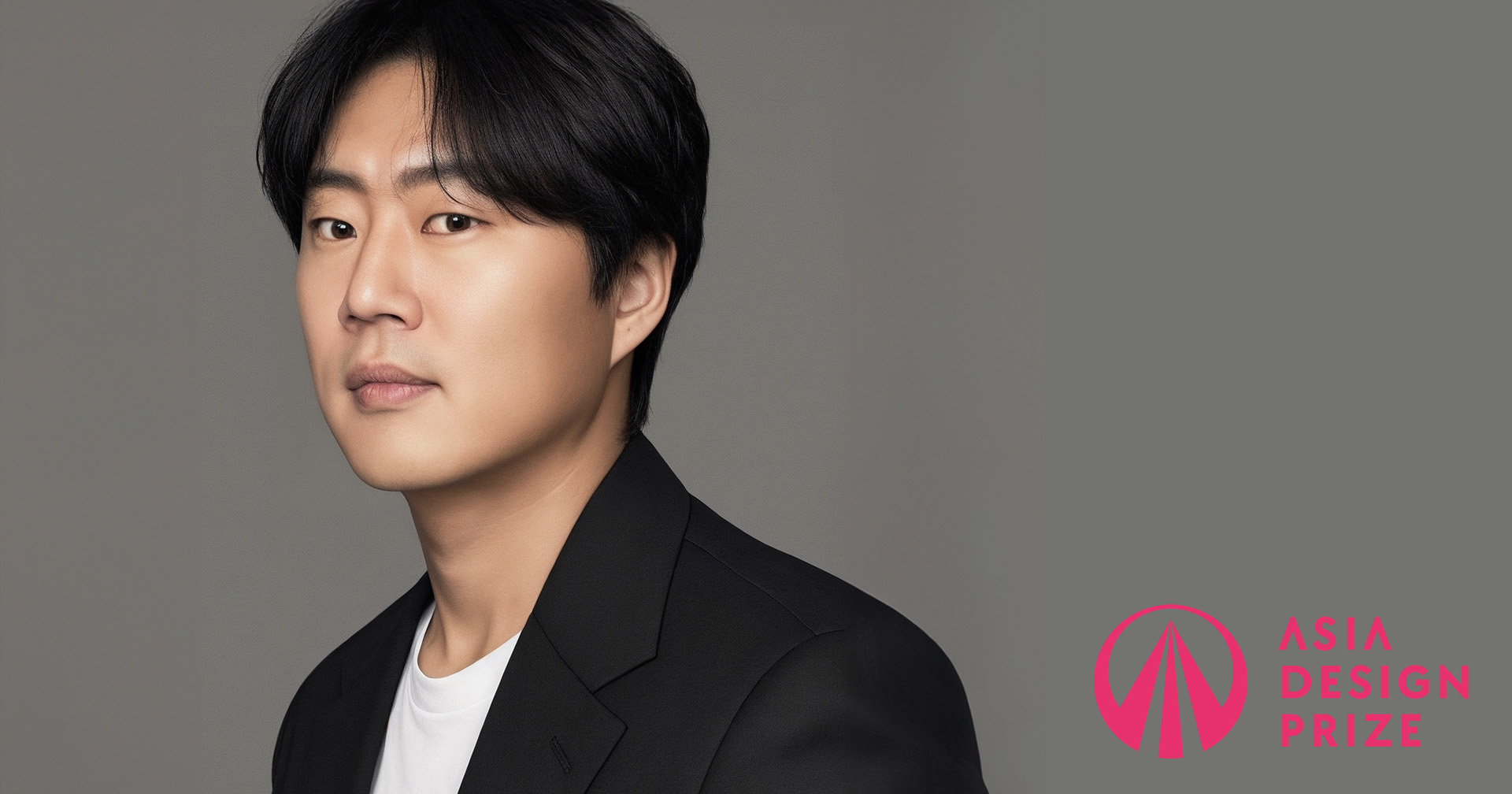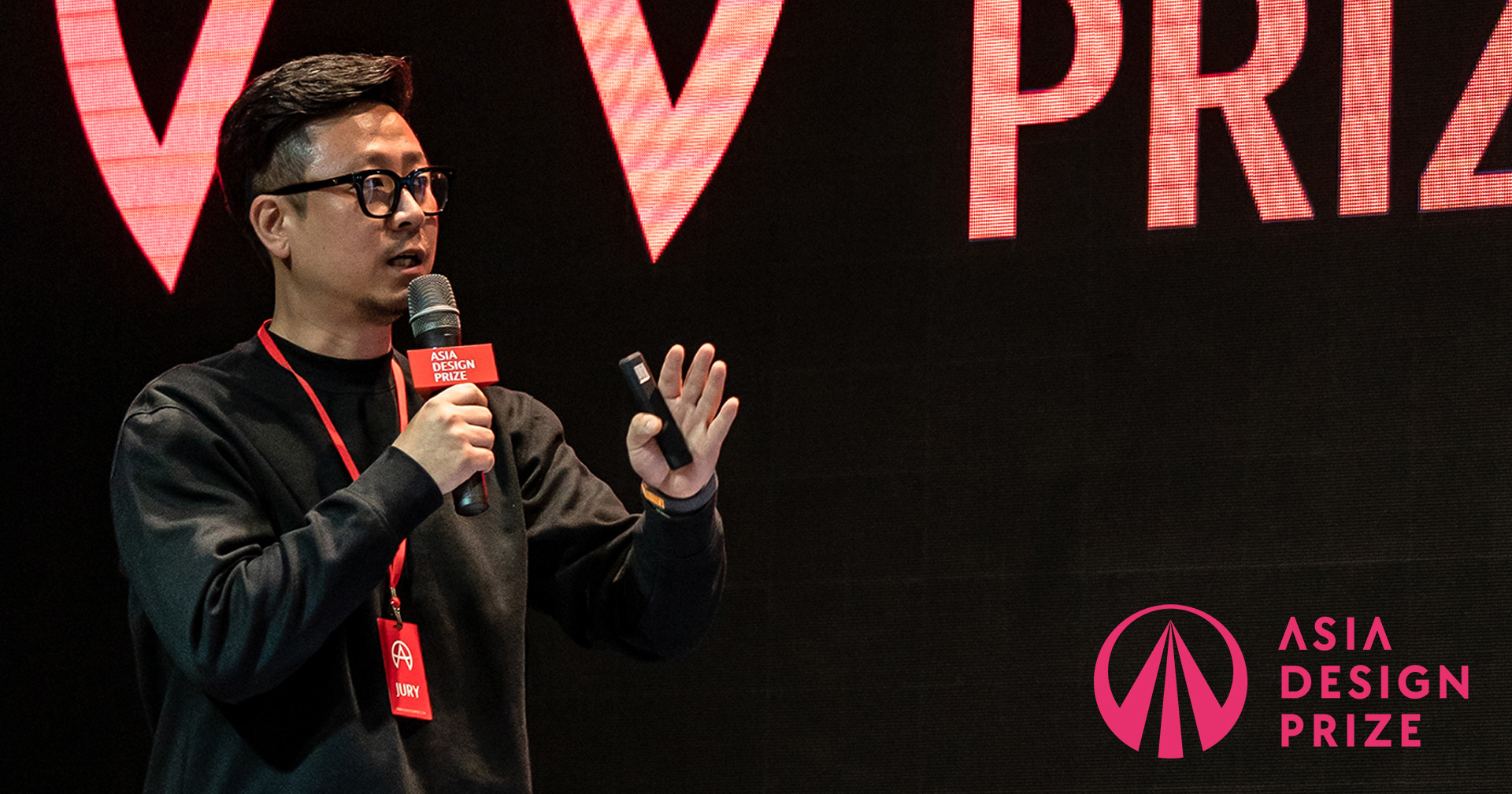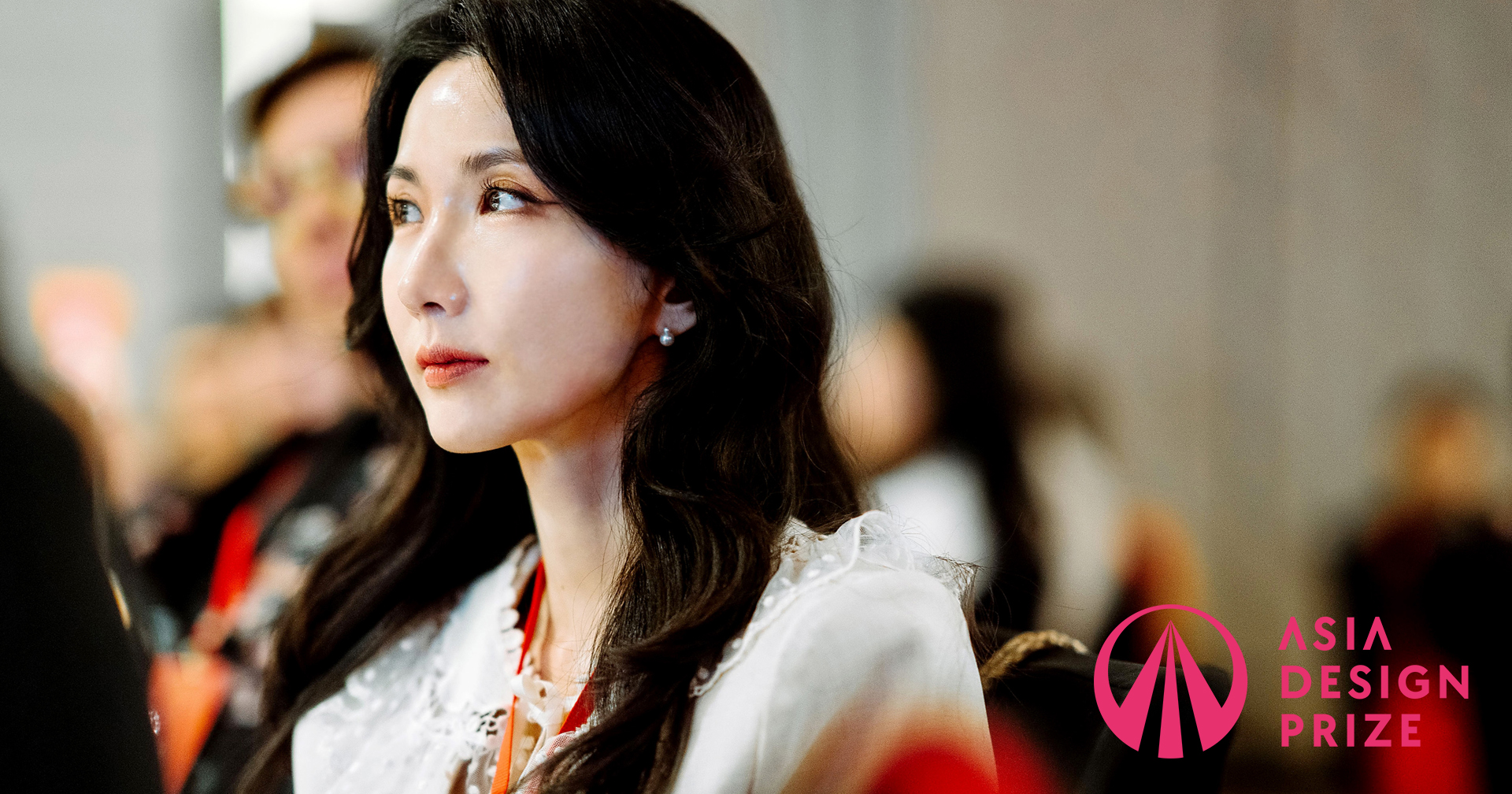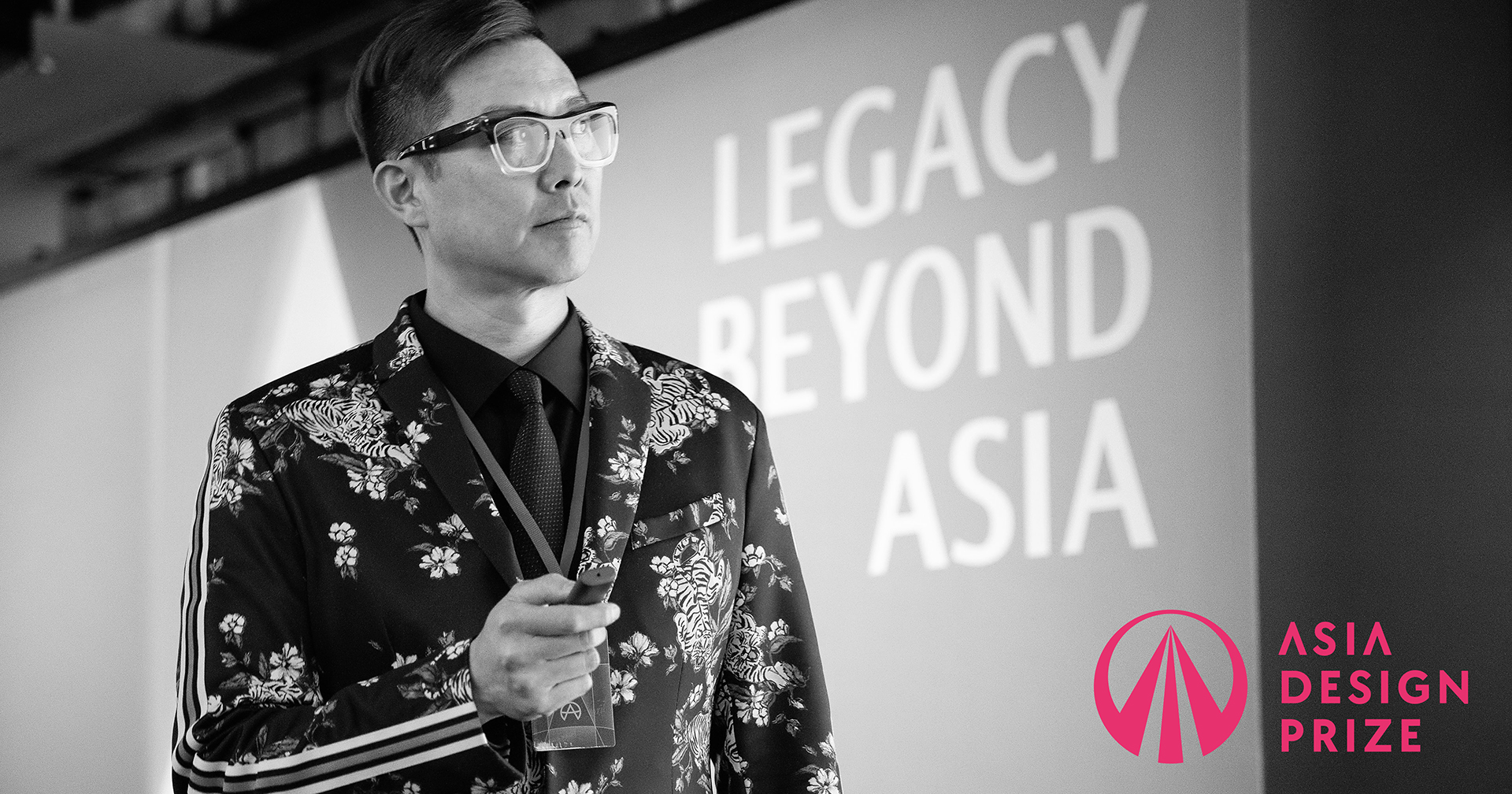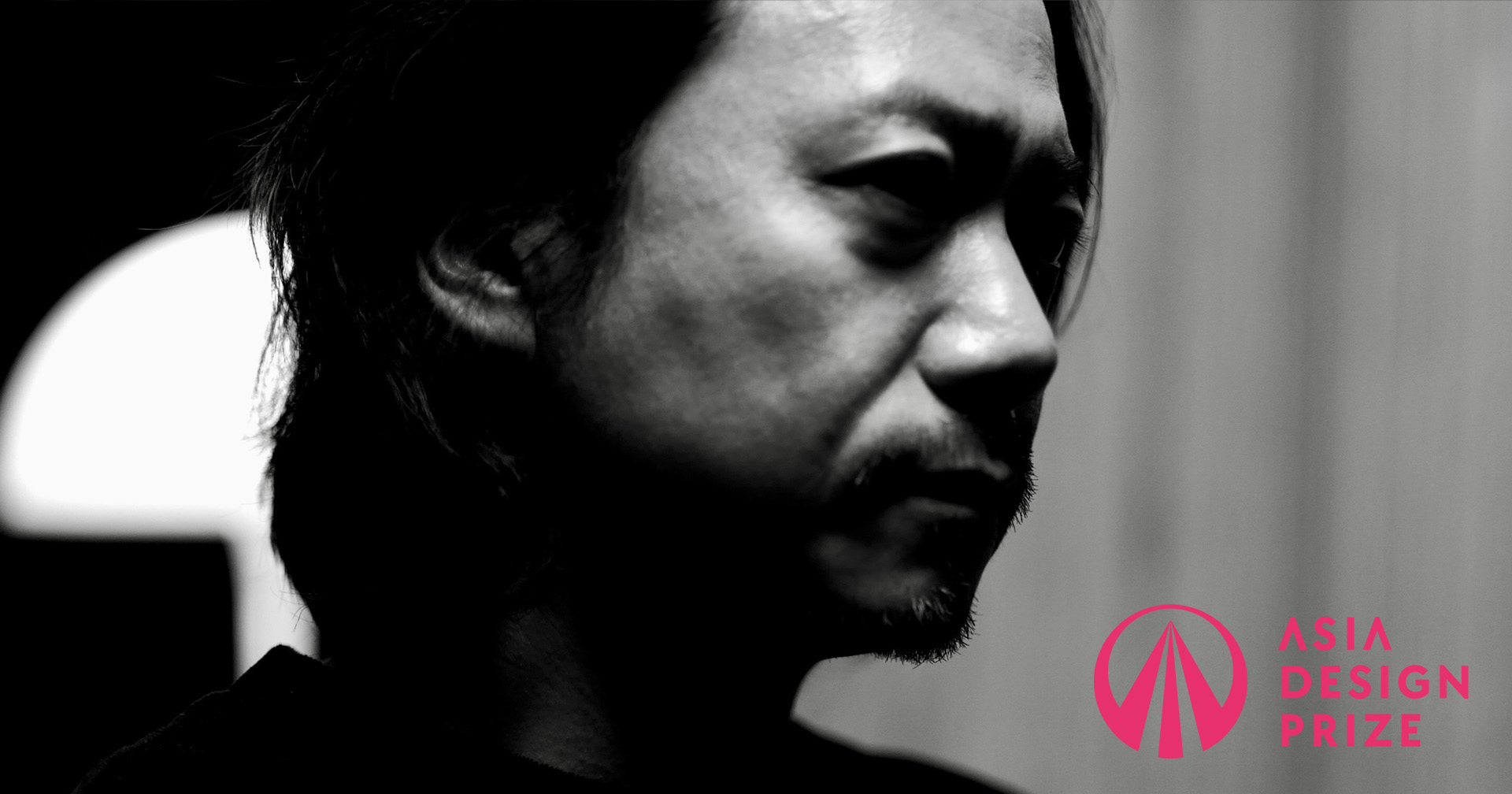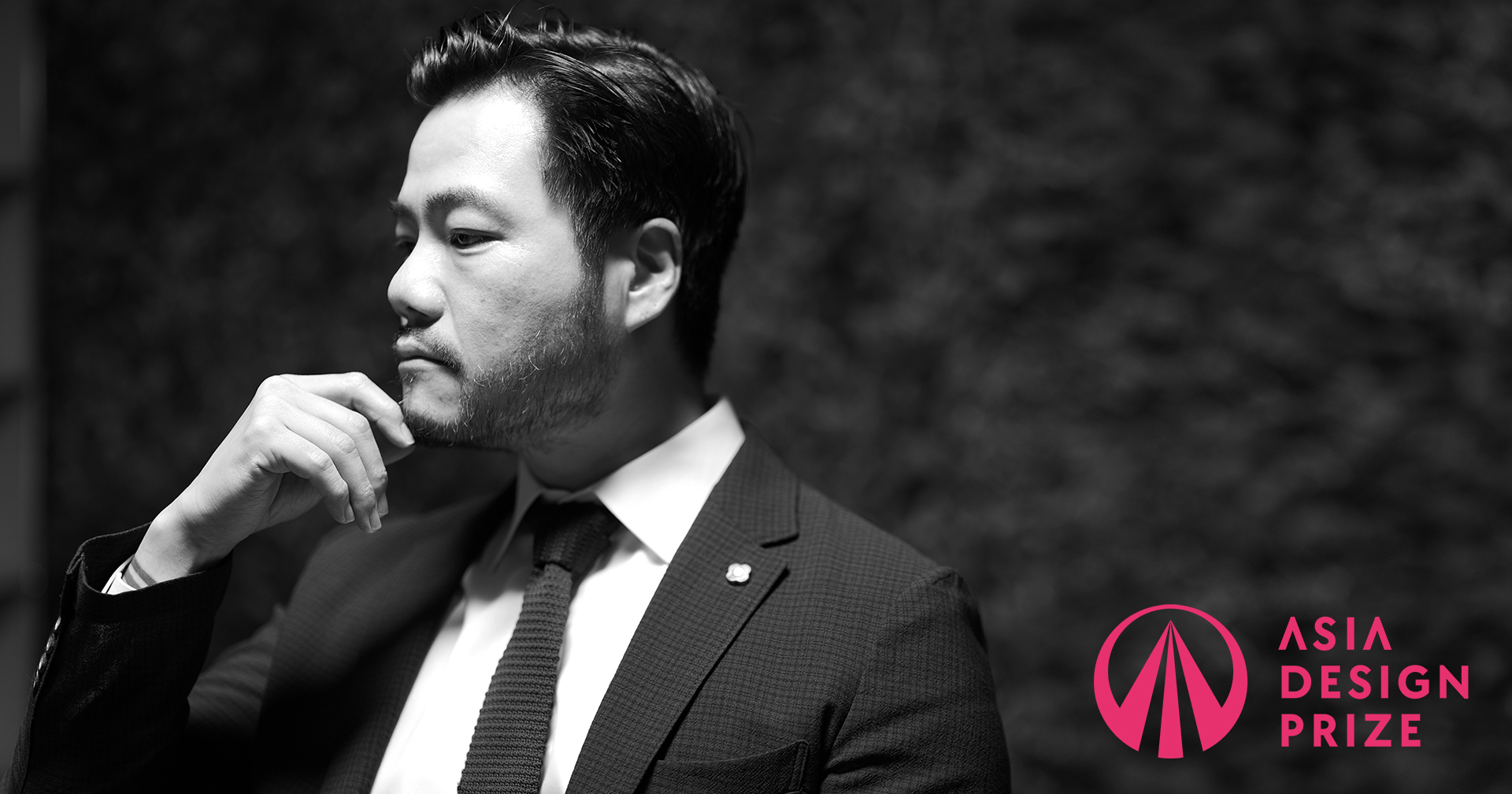
Director Yonghyuck Lee Founder of Ockhams Branding
What kind of brand is the Asia Design Prize?
The Asia Design Prize is more than a design award—it is a platform and reference point that enables Asian design to engage in meaningful dialogue with the world. Traditionally, global design awards have been grounded in Western aesthetics, problem-solving approaches, and industry-centered language. In contrast, the Asia Design Prize originates from a different perspective, presenting a design language rooted in emotive grammar and context-driven thinking. In this way, the award has allowed me to discover the unique identity and latent potential of Asian design on a deeper level.
What stood out most was how well it captures the richness and diversity of Asian design, where technology, culture, emotion, and tradition coexist organically. Rather than evaluating form or function alone, the Asia Design Prize considers the message within the design and how that message is conveyed—an approach that resonates deeply with the design philosophy I personally pursue.

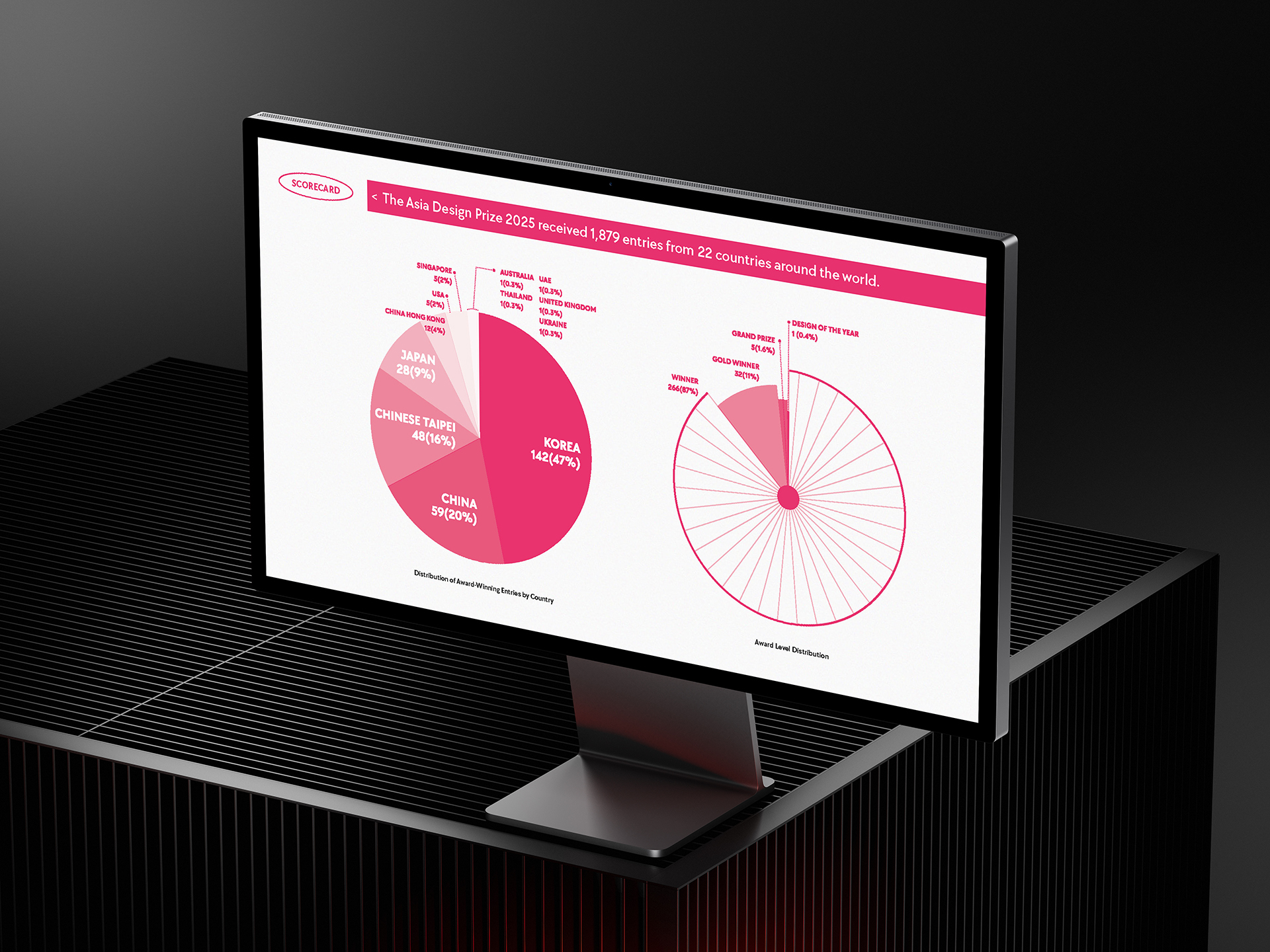
Could you tell us about the part you were responsible for and the design work you contributed to in the Asia Design Prize rebranding project?
In this rebranding project, I led the planning and editorial direction of the Asia Design Prize’s Trend Report. Rather than focusing on a purely visual overhaul, my role centered on shaping what kind of philosophy the brand should convey moving forward—and in what language it should communicate with the times. The design work was grounded in three key pillars: building a trend report framework, introducing a color analysis system, and planning content for brand positioning.
First,
the trend report framework was constructed by analyzing award-winning works across countries using both textual and visual data. Based on the findings, we proposed new concepts and language that articulate the emotional currents flowing through Asian design. This wasn’t just about word clouds or trend palettes—it was an attempt to interpret the emotive grammar of Asian design within a globally resonant structure.
Second,
we introduced a color analysis system based on the Kobayashi Image Scale, mapping the color data of winning images onto an emotional axis. This visualization allowed us to trace how emotional aesthetics shift across countries and cultures. It was a meaningful endeavor to organize the “philosophy of color” within Asian design through a data-driven lens.
Third,
under the slogan “Legacy Beyond Asia,” I curated brand positioning content that extended ADP’s identity. Beyond merely being a representative award for Asia, we aimed to position ADP as a platform that carries Asia’s creative legacy into the future and contributes to the global design discourse. This included designer interview series, newsletter content, strategic keyword planning for social media, and showcase concepts.
In essence, my design work for this project was less about producing visual outcomes and more about structuring a system of philosophy, language, and brand thinking. I believe design, at its core, is not just about form—it is a system that conveys a brand’s mindset and posture. This project was a process of making that belief tangible.
What aspect of Asian design identity stood out to you most through the Trend Report?
Through the Trend Report, the most striking identity of Asian design we discovered was its profound ability to communicate with the senses and the user. Across award-winning works, there was a consistent presence of emotional resonance—designs that intuitively permeate the viewer’s experience without relying on verbal explanation. Rather than emphasizing functional clarity, the strongest current was one of contextual sensitivity driven by sensory cues, which often felt more direct and compelling. We observed numerous designs that reinterpreted tradition through new visual languages, conveyed emotion through quiet gestures, or transformed structural ideas into proposals for life. Particularly notable were the subtle reconstructions of emotion, memory, and identity in works from Korea, Taiwan, and Japan. These designs didn’t merely pursue aesthetic completion—they carried a deliberate intent to foster emotional connection with the user.
Ultimately, I believe the true identity of Asian design lies beyond the visual message. It resides in a quiet but deep dialogue between user, culture, environment, and interface. This attitude of silent conversation is what fundamentally differentiates Asian design on the global stage—and what I see as its most defining and promising identity moving forward.
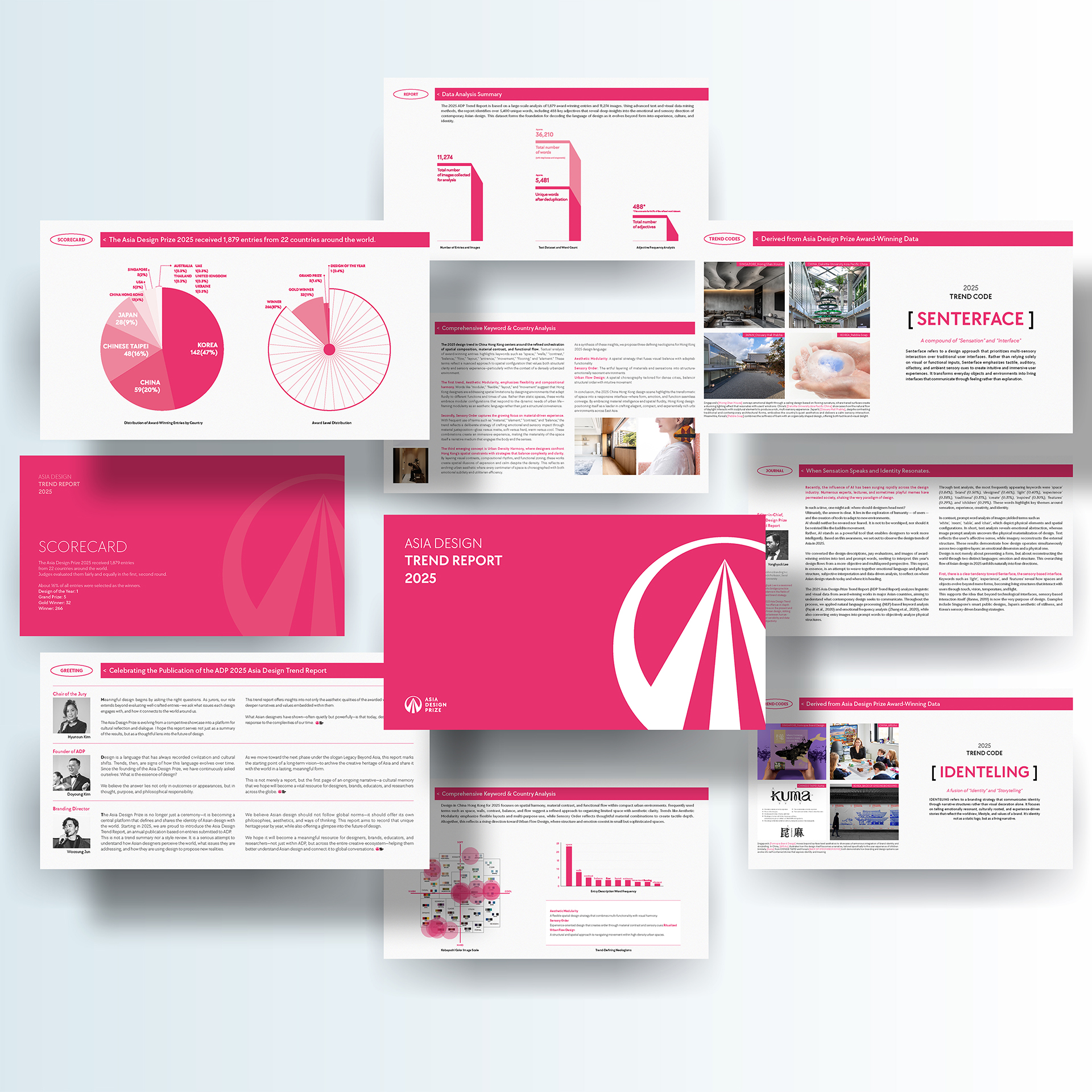
What defines ‘good design’—especially in the context of Asian design—and how was that reflected in the ADP Trend Report?
To me, good design is not merely about visual excellence or functional efficiency; it’s about creating meaningful dialogue with the user. When reviewing the ADP award-winning works, what stood out most was the designers’ sincere intent to engage with users' emotions, preferences, and ways of life. These designs showed a quiet form of care—whispering rather than shouting, attuned to the subtle rhythms of everyday life. This underlying attitude strongly informed how we developed the Trend Report. Instead of producing a typical, text-heavy technical report, we focused on crafting something accessible yet deeply insightful. We aimed to distill the essence of the year’s design landscape into four neologisms that capture the core emotional and cultural movements in Asian design:
Senterface (Sensory + Interface):
Design that expands beyond the visual to engage the full spectrum of sensory experience.
Neoditional (Neo + Traditional):
Emotionally driven reinterpretations of tradition—offering new perspectives on the familiar, through an Asian design lens.
Identelling (Identity + Storytelling):
A narrative-driven approach where design articulates personal identity as a story.
Livingformal (Living + Formal):
Design that proposes new lifestyles—framing everyday life itself as a design outcome.
These four keywords do more than highlight trends—they represent how Asian design is emerging globally with distinctive resonance. It’s design that connects with individual worldviews, reshapes daily life, and redefines values. In essence, this movement is rooted in the unique sensibilities and context-driven thinking of Asia. And I believe that—deep empathy, cultural fluency, and narrative clarity—is what defines good Asian design today.
Were there any challenges or bold new attempts during the rebranding project, especially given the collaborative nature of the work across multiple teams?
The Asia Design Prize rebranding project was a truly collaborative endeavor, involving a diverse range of experts each responsible for a different facet of the work. While multi-team projects often encounter communication misalignments or directional ambiguity, this experience was markedly different. The project manager’s coordination was both flexible and clear, and the overall direction from the lead director was decisively articulated. Thanks to a well-structured framework that allowed each team to exercise both autonomy and responsibility under a shared vision, every deliverable seamlessly aligned into a cohesive whole. In that sense, the collaboration itself felt like a form of system design.
Naturally, some degree of fine-tuning was necessary due to the differing perspectives and interpretations across teams. But what stood out was the openness to new ideas and the mutual respect shown for each other’s expertise. Rather than resisting challenges, each team embraced them with a spirit of curiosity and collaboration. Ultimately, the rebranding process was not just about visual redesign—it was about building a collaborative structure that allowed independent workstreams to interconnect organically. It became a compelling reminder of what ‘good collaboration’ can and should look like.
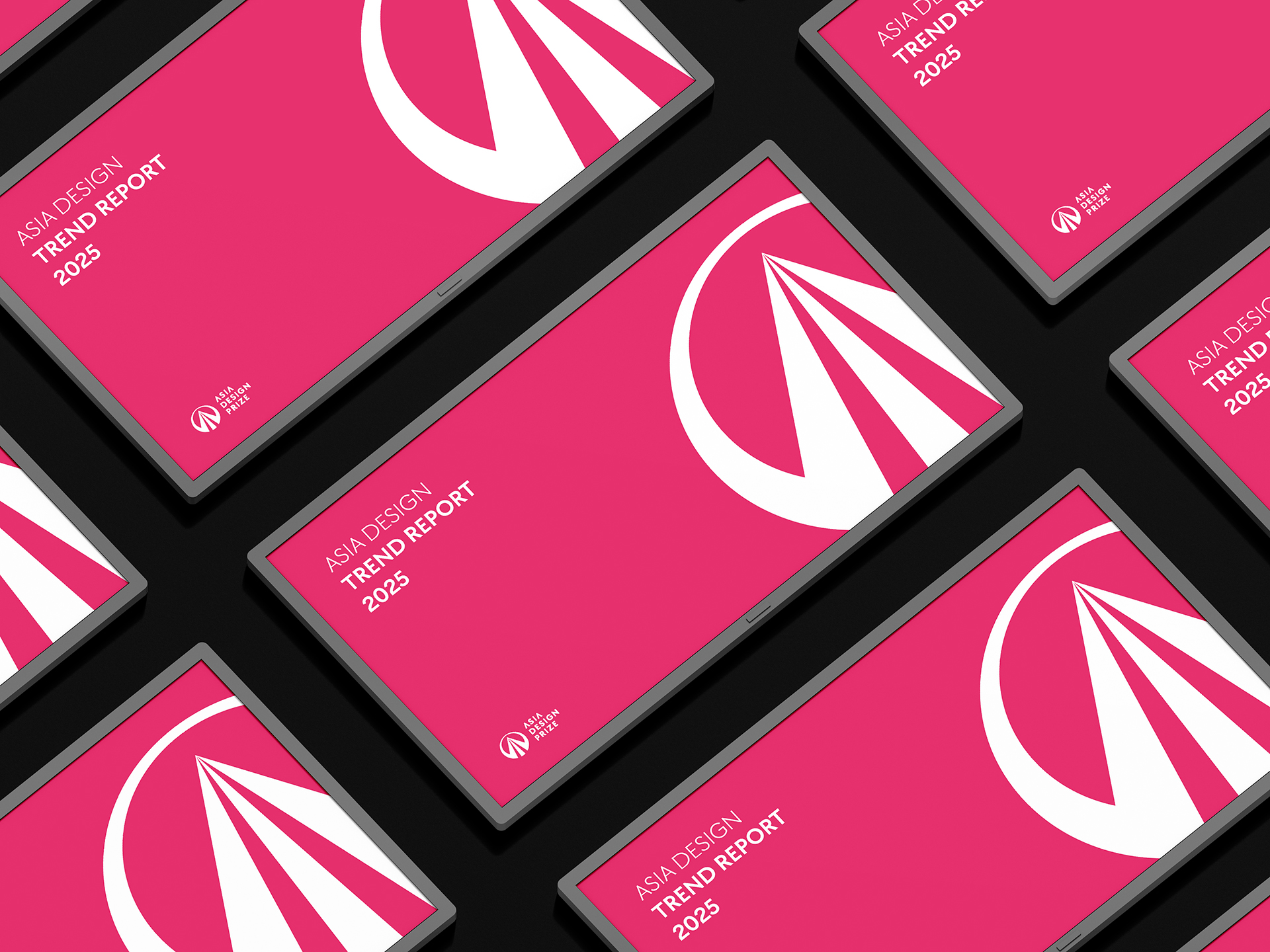
What internal changes or moments of growth did your team experience through this rebranding project?
This rebranding project was not merely an exercise in external branding—it strongly embodied the essence of internal branding as well. As our team, composed of individuals with diverse areas of expertise, came together under a unified vision, we found ourselves reexamining our own brand awareness and strategic mindset as an organization.
One of the most notable aspects was how naturally the project progressed, even without detailed micromanagement. Each team member was trusted to exercise their autonomy and professional judgment, while the overarching direction remained clearly defined. This allowed us to maintain a high level of consistency and quality throughout the process, proving that shared understanding and internal communication had reached a level of maturity.
Working on a global-facing brand also sharpened our ability to refine design language and messaging, equipping the team with a broader perspective. It fostered a more integrated approach to branding, content, and systems thinking, which we believe will carry over positively into future projects. Ultimately, this project was more than a deliverable—it was a pivotal moment of growth for our entire team.
What do you envision as the future of the Asia Design Prize?
The Asia Design Prize must now go beyond the scope of a conventional award platform. It should evolve into a comprehensive design platform that bridges Asia’s creative philosophy, emotional sensibilities, and cultural diversity with the global design discourse. Rather than being a trend-based showcase, ADP has the potential to become an archival system that captures, interprets, and preserves the trajectory of Asian design. In a global ecosystem still largely shaped by Western perspectives, Asian design offers a fundamentally different approach—one rooted in contextual thinking, sensory communication, and relational values. This alternative framework has the power to redefine design standards for a more layered, meaningful future.
Design should no longer be about surface-level beauty alone. It must be enriched with stories, emotions, and insights into the ways we live. I believe ADP is uniquely positioned to embody and amplify that vision. By becoming a platform that curates and shares these deeper design narratives with the world, the Asia Design Prize can take on a vital leadership role in shaping the future of global design.
